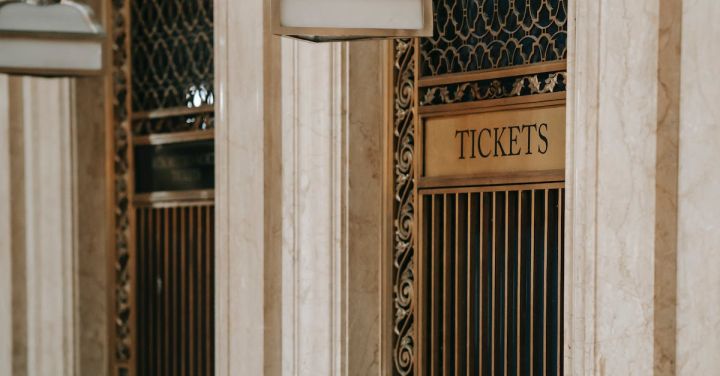Railroads have played an instrumental role in shaping the modern world, revolutionizing transportation and facilitating the growth of industries. With their rich history, it is no wonder that railway collections have become a treasure trove for history enthusiasts and train aficionados alike. These collections offer a captivating glimpse into the past, preserving the legacy of railroading for future generations.
One of the most fascinating aspects of railway collections is the wide array of artifacts that are meticulously preserved. From vintage locomotives to railway signs, each item tells a unique story. Stepping into a railway museum feels like stepping back in time, surrounded by the sights and sounds of a bygone era. The smell of coal and steam fills the air, transporting visitors to a time when railroads reigned supreme.
Among the most prized possessions in railway collections are the locomotives themselves. These mechanical marvels, once the workhorses of transportation, now stand as silent witnesses to the past. From the iconic steam engines that powered the Industrial Revolution to the sleek electric and diesel locomotives of the modern era, each locomotive represents a milestone in engineering and technological advancement.
Railway collections also feature an assortment of rolling stock, including passenger and freight cars. These beautifully restored carriages provide a glimpse into the luxurious travel experiences of the past. From ornate interiors adorned with plush seating and elegant woodwork to dining cars complete with white linen tablecloths, these carriages evoke a sense of nostalgia and wanderlust.
But railway collections are not limited to large and impressive artifacts. They also encompass a myriad of small, seemingly insignificant items that together paint a comprehensive picture of railroading history. From vintage tickets and timetables to conductor uniforms and lanterns, these everyday objects offer a glimpse into the daily operations of a railway system. They remind us that behind the grandeur of locomotives and carriages, there were countless individuals working tirelessly to keep the trains running.
Beyond the physical artifacts, railway collections also house a wealth of archival materials. These documents, photographs, and maps provide invaluable insights into the development of railroads and their impact on society. Through these records, we can trace the expansion of rail networks, the rise and fall of rail companies, and the social and economic changes brought about by the railroad industry.
Railway collections are not merely static displays of the past; they are living entities that continue to grow and evolve. Curators and collectors tirelessly seek out new additions, ensuring that these collections remain vibrant and relevant. They collaborate with preservation societies, rail enthusiasts, and even former railroad employees to uncover hidden gems and untold stories, adding depth and richness to the narrative of railroading history.
In conclusion, railway collections offer a captivating snapshot of railroading history, taking us on a journey through time. From the majestic locomotives to the intricate details of daily operations, these collections provide a comprehensive and immersive experience. They preserve the legacy of railroads, highlighting their immense contribution to society. So next time you find yourself near a railway museum, step inside and allow yourself to be transported to a world where steam and steel ruled the tracks.
